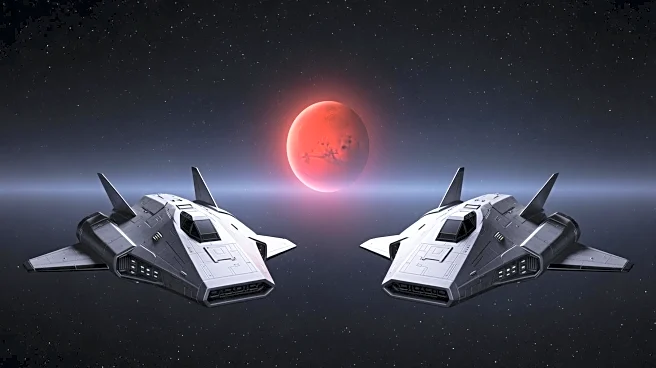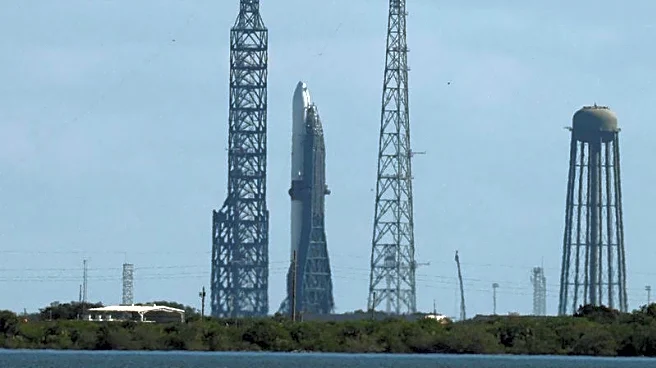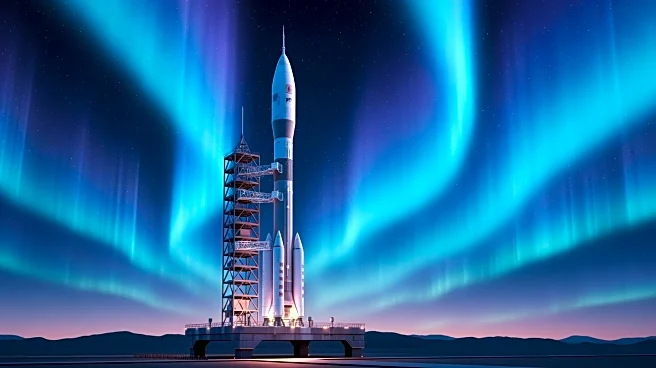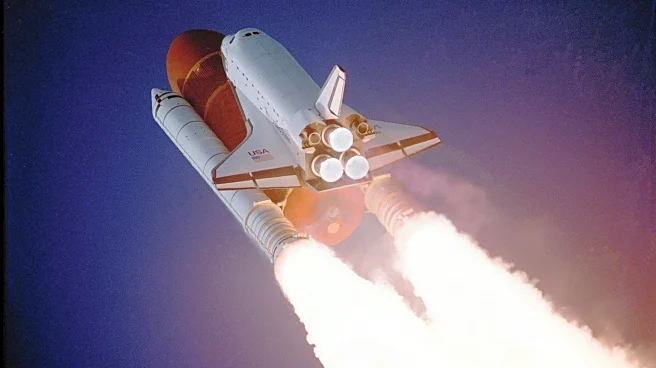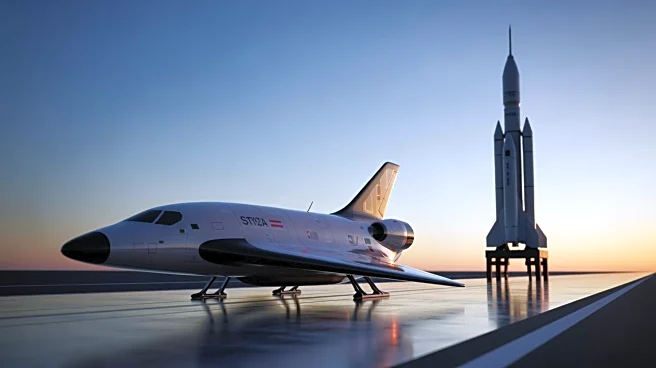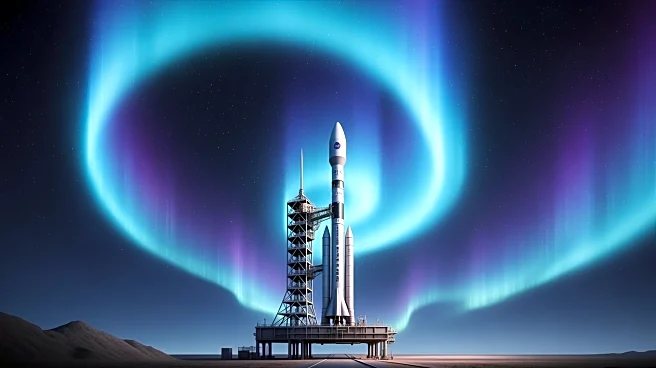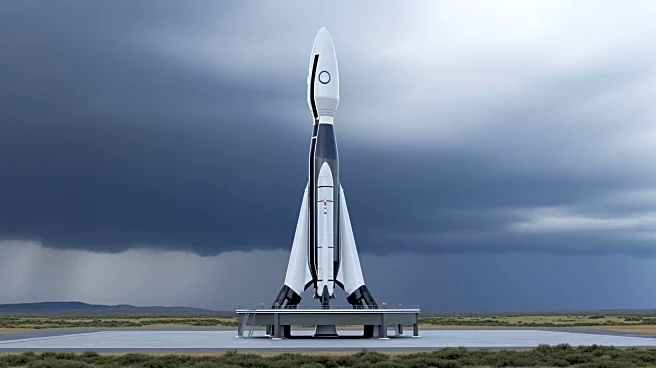What's Happening?
NASA has successfully deployed its twin ESCAPADE spacecraft from the Blue Origin New Glenn second stage. These spacecraft will enter a year-long Earth-proximity phase before a trans-Mars Injection engine
burn in November 2026. The mission aims to study Mars' magnetosphere and its response to space weather, using simultaneous observations from different locations. The ESCAPADE mission is part of NASA’s SIMPLEx program, led by the University of California, Berkeley, with Rocket Lab designing the spacecraft.
Why It's Important?
The ESCAPADE mission represents a significant advancement in planetary exploration, being the first coordinated multi-spacecraft orbital science mission to Mars. The data collected will enhance understanding of Mars' magnetic field and atmospheric dynamics, crucial for future human and robotic missions. This mission underscores NASA's commitment to innovative exploration strategies, potentially influencing future space missions and collaborations. The insights gained could improve safety and planning for Mars exploration, benefiting scientific research and space policy.
What's Next?
Following the deployment, the spacecraft will prepare for their journey to Mars, with arrival expected in September 2027. The mission teams will synchronize the spacecrafts’ orbits to commence scientific observations in Spring 2028. The success of this mission could pave the way for more complex multi-spacecraft missions, expanding the scope of planetary exploration. NASA and its partners will continue to monitor and adjust mission parameters to ensure optimal data collection and mission success.
